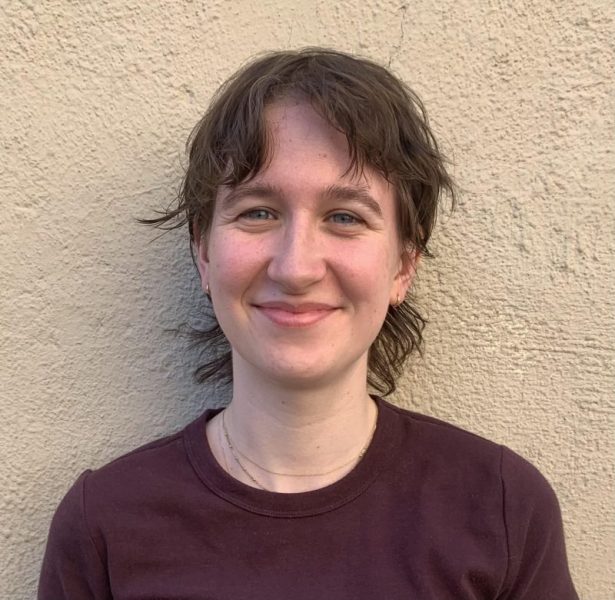WP Zoning Ordinance Amendments Proposed to Regulate Solar Energy
News Based on facts, either observed and verified directly by the reporter, or reported and verified from knowledgeable sources.
Amendments to White Plains’ zoning ordinance were recommended last week to establish regulations for the installation of solar energy systems city-wide.
At a Common Council meeting, Commissioner of Planning Christopher Gomez gave a presentation to council members and Mayor Tom Roach.
The proposed amendments would seek to codify specific definitions and dimensional standards for all solar energy systems, establish a new special permit for solar parking canopies and assign approval agencies by installation type and scale.
“Taking advantage of safe, abundant, renewable and nonpolluting energy sources is a way for us to decrease energy costs and increase employment and business opportunities within the city,” Gomez said. “We’re permitting [solar energy systems], defining them in this law and being very progressive in the way we’re dealing with potential impacts as it relates to neighborhoods and the like.”
Within the proposed amendment, solar parking canopies will only be permitted above an already existing impervious surface such as a parking lot or atop a parking structure or garage.
“That is our new definition very specific to the city,” Gomez said.
Ground-mounted solar farms and pole-mounted solar arrays are not permitted or proposed in the proposed updates to the law.
Solar canopies will have height restrictions of 15 or 25 feet for residential and nonresidential districts, respectively, which are the industry standards.
In a One and Two-Family Zoning District, there needs to be a minimum lot area of two acres and a 30-foot setback from all lot lines for a solar parking canopy under 1,000 kilowatts, in addition to current regulations. Gomez said there are roughly 90 parcels within the city that fit this description.
For solar parking canopies over 1,000 kilowatts, there must be a minimum lot area of five acres and a 175-foot setback from the front yard and an additional 50-foot side and rear yard setback when adjacent to a One and Two-Family Zoning District, in addition to current regulations. In White Plains, only 59 parcels city-wide meet these criteria.
Solar canopies that are under 1,000 kilowatts would require site plan approval by the Planning Board, and anything over that would require both site plan and special permit use approved by the Common Council.
“The benefit of a special permit use is it allows you as an approval agency to add additional belts and suspenders beyond a typical site plan approval,” Gomez said. “Part of what’s being recommended for in that law is a very delineated list [from the applicant] of the analysis of impacts — whether it’s noise, visual impacts, landscaping or decommissioning.”
Under the new provisions, systems that have not produced energy for a 12-month period, are damaged or are where the existing land lease ends must be removed by the owner or operator. The amendments set forth specific decommissioning procedures.
For rooftop solar panel installations, the approval agency would be the Building Commissioner. If there is potential for significant adverse impacts outside the scope of a typical review, the Building Commissioner can send the application to the Planning Board.
The updates to the zoning ordinance also regulate the height between the module frame and the rooftop for solar panels, both for pitched and flat installations.
In harmony with the New York State Energy Research and Development Authority’s model solar ordinance, the proposed amendments to the zoning ordinance would represent one of the most comprehensive solar laws for cities within the Hudson Valley.
Roach said the climate crisis demonstrates an urgency to continue prioritizing renewable energy in White Plains.
“Alternative energy is an obligation and an opportunity,” Roach said. “We should be doing what we can.”
“[Solar energy] is one of those things where everyone will say, ‘I want to do what I can for the planet, but not here,’” Roach added. “We have to balance it, and that’s what the attempt is here. This matters to us how it impacts the neighbors, and we want to work to make sure that we have the best outcome we can.”
The updates to the zoning ordinance will be put on the calendar in May to be referred out to relevant boards and commissions for review. A public hearing will likely be set for June.

Bailey has journalism experience covering local news in Westchester and Putnam counties and New York City on topics related to LGBTQ+ issues, women’s rights, climate change, the environment, and local politics. They have been a full-time reporter with Examiner Media since July 2021. Read more details from Bailey’s bio here. Read Bailey’s archived work here: https://www.theexaminernews.com/author/baileyhosfelt/
